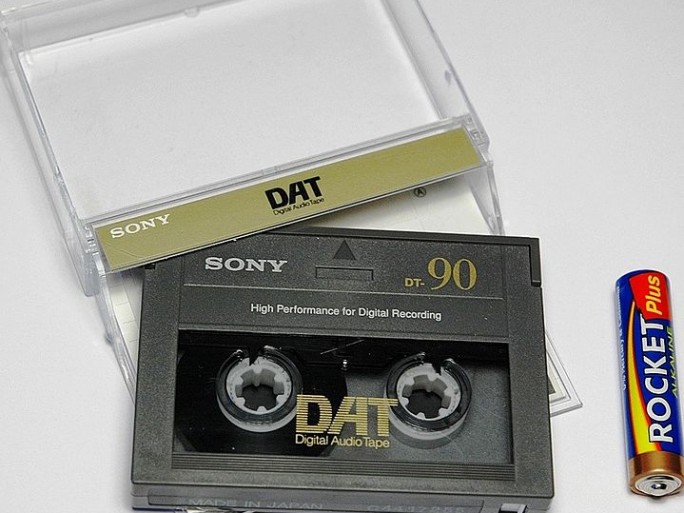Data volumes have been growing at an almost exponential rate for years. But not all data will be useful in the future, yet for one reason or another it is still necessary to store it.
On average, 10 percent of the information that is created is hot, i.e. it is used continuously, while 20 percent is used, but less so.
The remaining 70 percent will never be used, but organisations are obliged to keep it for legal and compliance reasons, among other circumstances. Meanwhile, 80 percent of all data is of unstructured origin, so it is not easy to store it efficiently and economically.
![]()
Data accessibility
The only option for the 70 percent of data that will no longer be used is to archive it (a process different from backup) on secondary storage systems, which are slower but also typically cheaper.
During the last IT Press Tour event, held in Paris, we were introduced to the software from Germany-based PoINT Software, which specialises in this type of information archiving processes.
PoINT Software was born in 1994 to respond to a pressing need at that time: optical recording. Three years later, PoINT Jukebox Manager and a native file system for storage on optical media, mainly CDs and DVDs, was launched on the market. It was one of the first applications to record on optical media in a very similar way to another perhaps more popular application: Nero Burning ROM.
The difference is that PoINT Software decided to extend its optical archiving and storage experience to other areas, with the enterprise market in mind.
This is how PoINT Storage Manager was born, an application that currently supports most media (flash, disk, tape, optical) and storage systems (NAS, object storage, public cloud, tape libraries, optical libraries) on the market.
Tape libraries, for example, are an ideal medium for archiving unused data and, to this day, are still very popular and widely accepted as the most economical medium available.
PoINT Storage Manager makes it easy to move the data (the 70 percent mentioned above) from the main storage system to a secondary one.
The information that is archived will remain in volumes in UDF (Universal Disc Format), a sort of standard container that does not oblige companies to use the software of a single manufacturer, which is called Vendor Locking.
![]()
In addition, this process is transparent to users, so they do not have to manage what information to archive or retrieve. The data remains visible even though it is not physically located on the primary storage system. In case archived data needs to be accessed, the company claims to offer several options, including web links.
PoINT Software also caters for the archiving of objects in the public cloud. This was in response to the growing use of this form of storing information on platforms such as AWS, Microsoft Azure or Google Cloud.
PoINT Software therefore developed the PoINT Archival Gateway application, which specialises in storing objects on tape and is currently certified by all tape drive manufacturers.
Tape Archiving
Thomas Thalmann, CEO and co-founder of PoINT Software, explained during the meeting that “tape has many advantages if used correctly. There are many application scenarios. And the object storage method works well with this media”.

Indeed, object storage on tape is ideal when there are massive amounts of data to be archived (more than 10 PetaBytes). This process offers excellent scalability and security by simply adding nodes. In addition, the sequential nature of tape storage is ideal for complete “ingestion” of objects, including related metadata.
PoINT Archival Gateway, which was launched in 2018 to address object storage on tape over AWS S3, will in October 2022 offer a new advanced version, PoINT Archival Gateway – Unified Object Storage, which will extend its capabilities to disk as well, so that disk can be used to store objects from AWS S3 that can be used frequently.
This satisfies the main scenarios and needs of companies that may sometimes need to extract data for analysis in a more efficient way, something that can be achieved by using disks instead of magnetic tapes.
In addition, PoINT Software is developing improvements to make archiving management increasingly intelligent by making use of cognitive artificial intelligence and reducing the human component.
As a result, the system learns where and when to store objects for a more efficient use of existing resources.
Among the benefits of using these tools, the company highlights the following: cost savings in storage and transactions, freedom to use any hardware, data sovereignty, protection against ransomware and cybercrime, or reduction of energy consumption and CO2 emissions, among others.
Original article here.
Translated with www.DeepL.com/Translator (free version)




